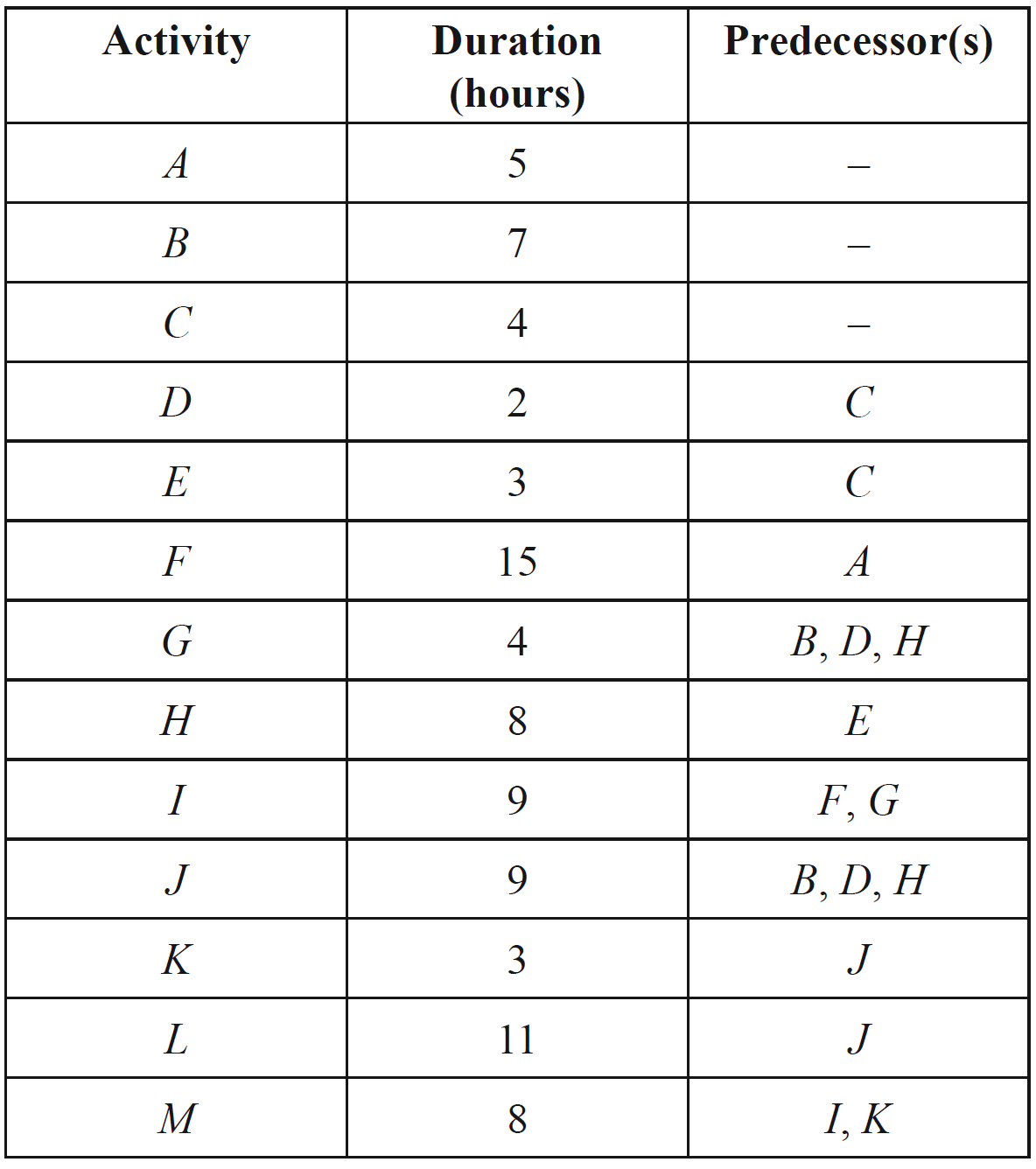Tom and Patty both decided to invest some money from their savings.
Each chose a different investment strategy.
Tom's investment strategy
• Deposit $5600 into an account with an interest rate of 7.2% per annum, compounding monthly.
• Immediately after interest is paid into his investment account on the last day of each month, deposit a further $200 into the account.
- Determine the total amount in Tom's investment account at the end of the first month. (1 mark)
--- 2 WORK AREA LINES (style=lined) ---
Patty's investment strategy
• Invest $8000 at the start of the year at an interest rate of 7.2% per annum, compounding annually.
- The following expression can be used to determine the value of Patty's investment at the end of the first year. Complete the expression by filling in the box. (1 mark)
--- 0 WORK AREA LINES (style=lined) ---
At the end of twelve months, Patty has more money in her investment account than Tom.
- How much more does she have?
- Write your answer to the nearest cent. (2 marks)
--- 4 WORK AREA LINES (style=lined) ---
- What annual compounding rate of interest would Patty need in order to earn $1000 interest in one year on her $8000 investment?
- Write your answer correct to one decimal place. (1 mark)
--- 4 WORK AREA LINES (style=lined) ---





























































































